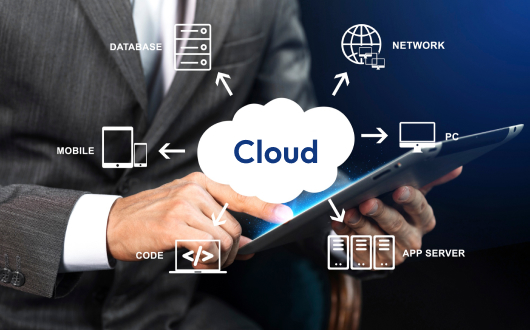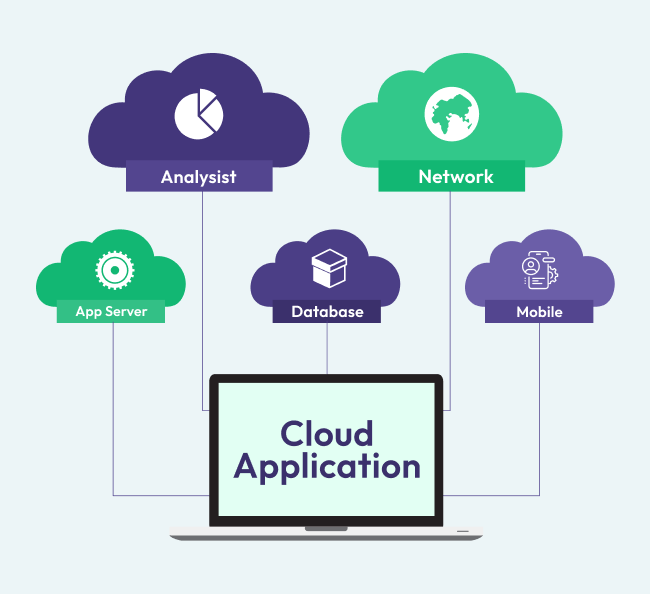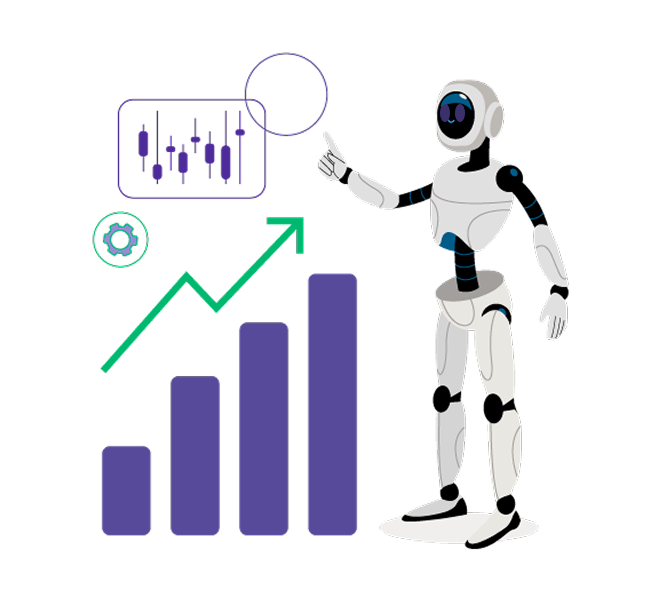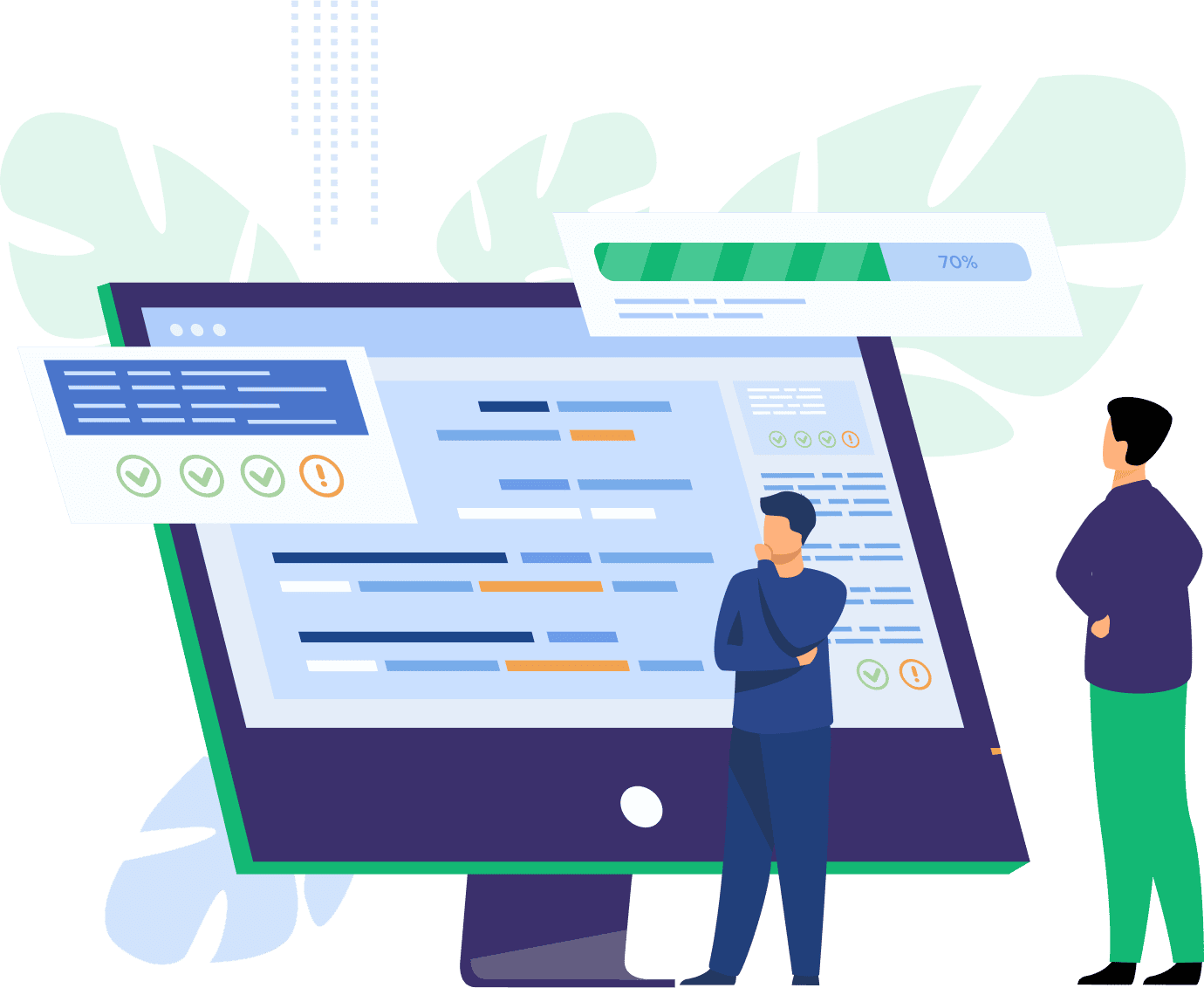
But what is really meant by migration? What are the risks and rewards that the companies strike a balance on? And what role does the increasing role of AI consulting services play in this change? We can just unpack the answers one by one.
Why Enterprises Are Rethinking Application Infrastructure?
Suppose you were operating your business with a car that was ten years old. It still puts you in point A to point B, only at a slower speed, with more maintenance and inefficiency when compared to newer models. That is the way on-premises systems of legacy systems are now commonly experiencing it.
In most organizations, the drive towards cloud migration boils down to:
- Agility – Promptly elasticizing applications based on seasonal or unexpected demand.
- Cost efficiency- Only pay for what is utilized rather than having to maintain costly servers.
- Innovation – Use of current technology, such as AI and analytics, to find insights.
- Resilience -Developing business continuity through improved disaster recovery systems.
In a nutshell, it is not only about saving money when migration is concerned but also about remaining competitive in a Web-based world that is growing at a digital pace.
What Exactly Is Cloud Application Migration?
Simply put, the concept of migration is the act of relocating applications, workloads, and data between on-premises infrastructure (or one cloud) to a cloud environment. The method, however, differs according to business requirements.
Common strategies include:
- Rehosting (“Lift and Shift”) – Lift and shift applications with limited modifications.
- Refactoring – Changing the application to be more suited to cloud architecture.
- Replatforming – Selective optimizations, and not a complete rebuild.
- Moving to modern applications – Revealing the old systems to new, cloud applications.
Trade-offs are involved in each strategy. Although rehosting is quicker, refactoring can provide improved long-term value by enabling more advanced cloud capabilities.
The in-house management of migration is overwhelming. Businesses are also inclined to resort to Cloud application migration services because they are familiar with planning a systematic route.
Such services normally include:
- Assessment – Determining what applications are migration-ready.
- Planning – Designing a roadmap that is stable and fast.
- Execution – Managing the technical transfer with minimum downtime.
- Optimization – Optimize after migration performance and cost-efficiency.
Consider that you are taking the services of architects and constructors when you are developing a skyscraper, you can attempt to do it by yourself, but professional advice prevents expensive errors.
Challenges Enterprises Face During Migration
Migration to the cloud is easy until the organization runs into challenges. The most widespread difficulties are:
- Downtime Risks – The lost revenue of even short-term outages is enough to cost millions.
- Security Concerns of Data Transfer – Sensitive data should be transferred in an airtight manner.
- Legacy Dependencies – The old systems might not go hand-in-hand with the cloud, with a significant redesign.
- Skill Gaps – IT teams might have no experience with newer cloud platforms.
- Cost Overruns – Migration may go beyond budgets unless it is planned.
Raising awareness of these challenges initially will assist enterprises in setting up realistic strategies as opposed to rushing the process.
Where AI Consulting Services Add Value
Migration to the cloud does not stop once the applications have been moved to the cloud. There are new-fangled businesses that are seeking a smarter, quicker, and more efficient set of operations, and that is where AI consulting services come in.
Solutions based on AI assist companies:
- Workload prediction – ML predicts demand spikes so that systems can expand gracefully.
- Automate monitoring – AI tools observe in real time and minimize the risk of downtimes.
- Optimize costs – Algorithms use usage patterns to propose a smarter allocation of resources.
- Improve decision-making – Predictive analytics transform data into insights.
Or, as an illustration, a shop can apply AI to understand shopping patterns and combine them with their newly switched-out cloud platform to enhance customer experience. Migration forms the base, AI forms the brain.
Best Practices of a Smooth Migration Journey
Companies that are successful in migration will have a disciplined strategy. Key practices include:
1. Conduct a Full Application Audit
Know what to migrate. Not all the systems require urgent relocation. A hybrid solution may still have some legacy applications on-premises.
2. Prioritize Security and Compliance
Starting with GDPR, all industries possess their regulatory needs, starting with HIPAA. Encrypt data on the move, access control, and monitoring tools should be applied, which are no less than expected.
3. Plan for Scalability
Don’t just move workloads, design them to scale. Cloud-native architecture enables applications to optimize during slow demand and excessive demand without paying large amounts of money during inactivity.
4. Test Before You Go Live
Run pilot migrations to identify the performance bottlenecks prior to affecting the actual users.
5. Invest in Training and Culture Shift
Migration is not only a technical project, but it is also a change in attitude. The availability of cloud-first strategies in the long term can be guaranteed through the training of IT staff and business teams.
Cloud Migration and AI: A Symbiotic Future
Cloud and AI are not distinct discussions anymore. Collectively, they transform the mode of operation of the enterprises. The technology is the cloud itself, with the flexible infrastructure being a foundational element, and AI enhancing it with automation, predictability, and personalization at scale.
For instance:
- IoT data can be used to predict equipment failures by manufacturers in the cloud, which will enable them to identify them before they occur.
- Patient records can be stored safely in the cloud, and AI-based diagnostics can help healthcare providers get faster treatment suggestions.
- Financial organizations are able to scan and detect fraud using real-time transactions without delaying customer experience.
This synergy implies that the current enterprises migrating are preparing the future of future innovations.
The Future of Enterprise IT
In the future, the adoption of clouds is no longer going to be optional. The forecasts made by Gartner and other analysts are that in the coming years, virtually all the enterprise applications will be cloud-based. Artificial intelligence, automation, and data-driven decision-making will no longer be an exception.
Organisations that take a long time to migrate run the risk of being left out. The ones that adopt it today not only acquire operational efficiency, but they will be able to innovate at a quicker pace than their rivals.
Final Takeaway
Cloud migration is not an event, but a process, a process that involves a combination of strategy, technology, and vision. Cloud application migration services are used to guarantee a smooth transition, and the AI consulting services help to unlock the intelligence that helps enterprises to remain ahead of the rapidly developing market.
The issue no longer concerns whether or not modern enterprises should migrate, but rather how promptly and efficiently it can be accomplished.
Ready to Take the Next Step?
When considering the alternatives available to your business, it is best to begin by evaluating the applications that are most important to the future expansion. Develop a roadmap, consider the implementation of AI, and do not hesitate to involve the professionals in Cloud application migration, such as CS Soft Solutions India Pvt. Ltd., to guide you where necessary. The faster you modernize your technology, the faster you will have the strength and flexibility that any modern business requires.














